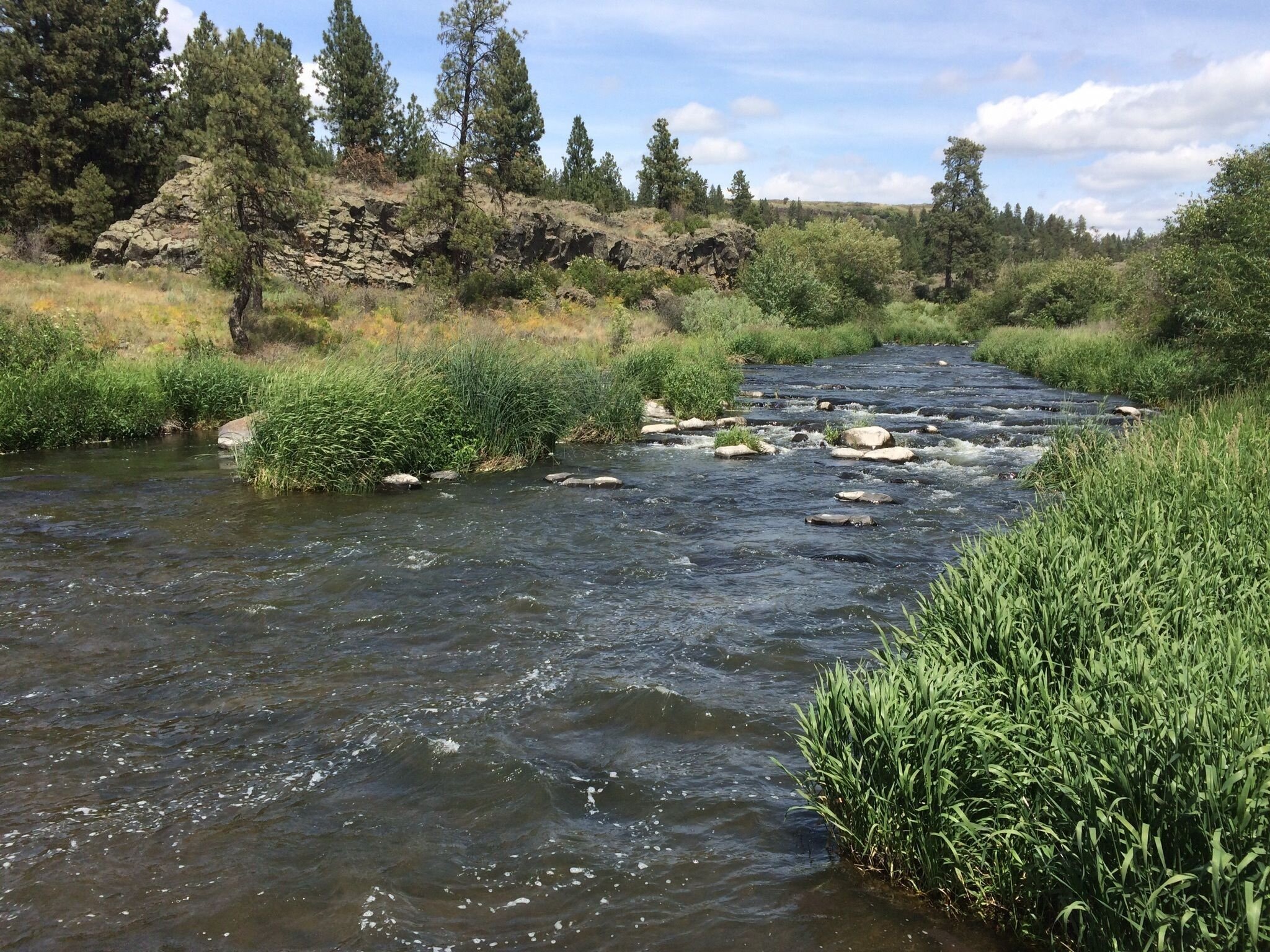
Conservation Reserve Enhancement Program (CREP)
The Conservation Reserve Enhancement Program (CREP) is a part of the Conservation Reserve Program (CRP) the country's largest private-land conservation program. Administered by the Farm Service Agency (FSA) CREP targets specific state or nationally significant conservation concerns. Federal funds are supplemented with non-federal funds to address those concerns. In exchange for removing environmentally sensitive land from production and establishing permanent resource conserving plant species, farmers and ranchers are paid an annual rental rate along with other federal and non-federal incentives as applicable per each CREP agreement. Participation is voluntary, and the contract period is typically 10-15 years.
Within Rock Lake Conservation District, CREP generally targets stream/riparian areas; the quality of water in our streams amplifies downstream, positively or negatively, and affects ocean-going species like salmon and steelhead.
Eligible CREP Practices
Riparian Forest Buffers- A 50-180ft wide vegetative buffer of ground covers/grasses as well as native trees and shrubs on the edge of an eligible river or stream
Hedgerows- Smaller than riparian forest buffers, hedgerows are 15ft wide strips of native shrubs planted along eligible streams and drainages.
Grass Filter Strips- Strips of grassy vegetation planted along eligible streams. Grass filter strips range from 20-120ft.
Wetland Restoration- Planting native wetland vegetation, including establishment of an upland buffer. Criteria for eligible restoration practices varies depending on whether the site is within or outside of the 100-year floodplain area. This practice is eligible on cropland.
Pastureland Wetland Buffers: 20-120ft wide bands of vegetation planted on marginal pastureland that is adjacent to wetlands.

